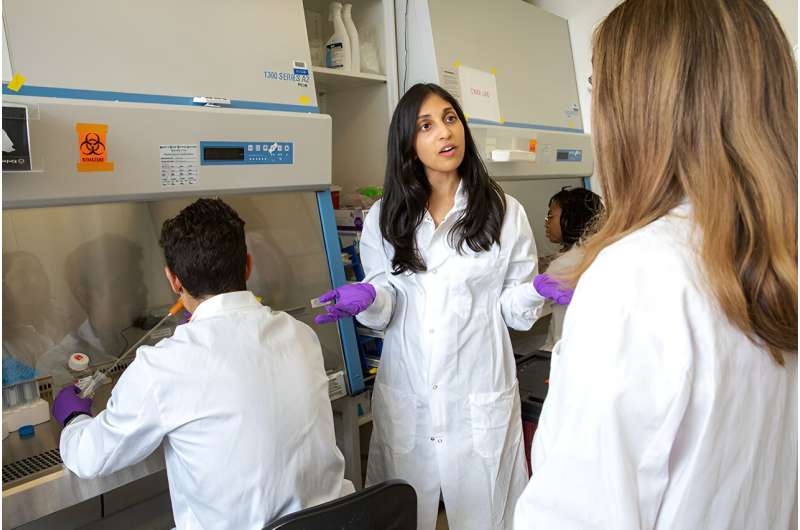Severe traumatic injuries that destroy large volumes of muscle can impact a person’s health, mobility, and quality of life for a lifetime. Promising new research co-led by Ritu Raman, the d’Arbeloff Career Development Assistant Professor of Mechanical Engineering, and MIT collaborators aims to restore mobility for those who have lost muscle through disease or trauma.
“For so many years, I had an idea that if we were able to exercise muscle grafts after they’d been implanted in an injury, we’d be able to keep the graft active [and] prevent it from atrophying by integrating it with the surrounding host tissue,” says Raman.
A new paper published in the journal Biomaterials presents research that shows that targeted actuation of implanted muscle grafts via noninvasive light stimulation restores motor function in mice to levels similar to those of healthy mice by two weeks post-injury.
Volumetric muscle loss, the type of injury this work aims to address, has long been explored in the field of tissue engineering, but many previous studies have focused on creating replacement tissue in the lab, implanting it in the body, and then passively letting the patient’s system integrate the implant. These lab-engineered skeletal muscle implants only offer limited mobility recovery, but in Raman’s study, the mice completely recover functional mobility within two weeks.

